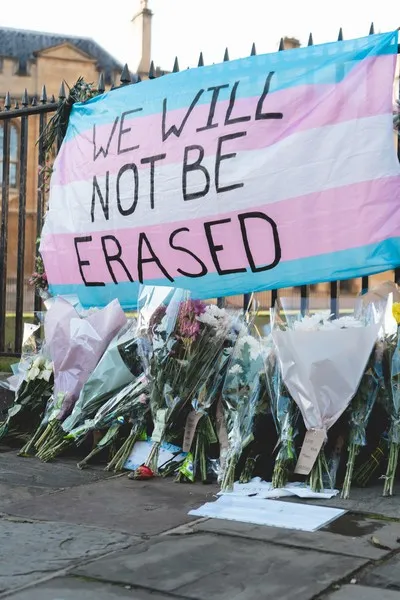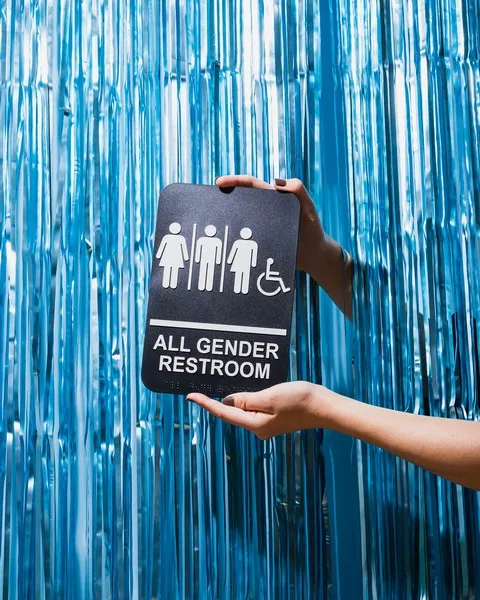Introduction
gender stereotypes are preconceived notions and expectations about the roles, behaviors, and characteristics that are considered appropriate for individuals based on their gender. These stereotypes are deeply ingrained in society and can have a significant impact on individuals’ lives, shaping their opportunities, choices, and self-perception. In this blog post, we will explore the concept of gender stereotypes from an sociological perspective, examining their origins, effects, and potential ways to challenge and overcome them.
Origins of Gender Stereotypes
Gender stereotypes are not inherent or biologically determined but are socially constructed. They are shaped by cultural, historical, and institutional factors that influence the way society perceives and assigns roles to individuals based on their gender. These stereotypes are often reinforced through various socialization agents such as family, media, education, and peer groups.
Historically, traditional gender roles have been rooted in patriarchal systems that assign specific expectations and responsibilities to men and women. These roles have been perpetuated through generations and have become deeply ingrained in societal norms and expectations.
Impact of Gender Stereotypes
Gender stereotypes have far-reaching consequences for individuals, communities, and societies as a whole. They limit opportunities and constrain individuals’ choices, reinforcing inequalities and perpetuating gender-based discrimination. Some of the key impacts of gender stereotypes include:
1. Limiting Career Opportunities
Gender stereotypes often lead to the underrepresentation of women in certain professions, such as science, technology, engineering, and mathematics (STEM) fields, while reinforcing the perception that men are more suited for leadership positions. This limits women’s career opportunities and perpetuates gender gaps in various industries.
2. Reinforcing Gender Norms and Expectations
Gender stereotypes also shape individuals’ behavior and self-perception, reinforcing traditional gender norms and expectations. For example, boys are often encouraged to be assertive, competitive, and independent, while girls are expected to be nurturing, passive, and focused on appearance. These stereotypes can restrict individuals’ personal expression and limit their ability to explore diverse interests and identities.
3. Contributing to Gender-Based Violence
Gender stereotypes can contribute to the perpetuation of gender-based violence and discrimination. When individuals deviate from traditional gender roles or expectations, they may face harassment, bullying, or even violence. For example, men who express vulnerability or engage in activities traditionally associated with femininity may be subjected to ridicule or social exclusion.
Challenging and Overcoming Gender Stereotypes
Challenging and overcoming gender stereotypes requires a collective effort from individuals, communities, and institutions. Here are some strategies that can help in this regard:
1. Education and Awareness
Education plays a crucial role in challenging gender stereotypes. By promoting gender equality and teaching about the harmful effects of stereotypes, schools can help create a more inclusive and equitable society. It is important to educate children and adults about the diversity of gender identities and expressions and encourage critical thinking about societal expectations.
2. Media Representation
The media has a powerful influence on shaping societal perceptions and reinforcing gender stereotypes. By promoting diverse and positive representations of gender, the media can challenge existing norms and provide role models that break free from traditional stereotypes. Encouraging media outlets to portray a wider range of gender identities and roles can contribute to a more inclusive and accepting society.
3. Empowering Individuals
Empowering individuals to challenge and overcome gender stereotypes is essential. This can be achieved by providing support networks, fostering self-confidence, and promoting equal opportunities for all genders. By encouraging individuals to pursue their passions and interests, regardless of societal expectations, we can create a more inclusive and diverse society.
Conclusion
Gender stereotypes are deeply embedded in society, perpetuating inequalities and limiting individuals’ choices and opportunities. However, by understanding the origins and impact of these stereotypes and implementing strategies to challenge and overcome them, we can work towards a more inclusive and equitable society. It is crucial for individuals, communities, and institutions to join forces and promote gender equality, breaking free from the constraints of gender stereotypes.





